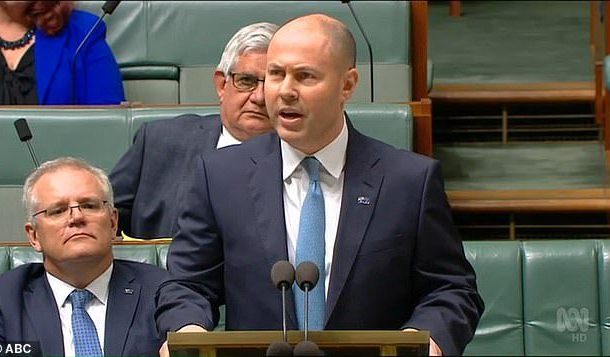Budget falls short of the reset for manufacturing we need

The 2020-21 federal budget has been packaged and sold as many things, from one for jobs, to a reset for manufacturing.
There are certainly a multitude of initiatives, but this is certainly not a budget that will ‘galvanise investment in Australian manufacturing’ to quote industry minister Karen Andrews.
The problem this addresses is that investment in manufacturing has been in freefall in Australia for a very long time now, eclipsed by minerals and property.
The value of machinery and equipment owned by manufacturing companies has fallen in little more than a decade by 26 per cent to $20 billion after allowing for inflation.
The value of IT hardware employed is down 14 per cent and electronic and electrical equipment down 32 per cent.
The money in the budget is simply inadequate to the task.
Nevertheless the $1.3 billion Modern Manufacturing Initiative modeled after the successful Australian renewable Energy Agency to offer co-investment grants will be more than useful.
The Manufacturers Modernisation Fund will receive an additional round of funding of $52.8 million.
But again we can’t expect too much – the additional funding here is similar to the first round of the fund which was associated with investments totaling $215 million. That investment created only an estimated 2,600 jobs.
Welcome in this budget is a $107.2 million Supply Chain Resilience Initiative will support projects that address an identified supply chain vulnerability, though again the funding is modest.
Extending funding to the industry growth centres until 2022 recognises their success.
The Budget also includes an additional $459.2 million in funding for the CSIRO over four years, $29.7 million to help Australian businesses better use digital tools, $48 million in STEM initiatives, and an additional $238.1 million over four years for the Australian Nuclear Science and Technology Organisation (ANSTO).
The government has also backflipped on some, but not all, of the more controversial elements of its 2019 budget which aimed to cut the R&D tax concession by $1.8 billion.
One step forward is the identification of priority areas for manufacturing of resources technology, food and beverage, defence and space, recycling and clean energy, and medicine.
These priorities are similar to ones identified during the Abbott years and they certainly did not amount to much in retrospect.
The exception must be defence where the government, as customer, is stimulating investment and company capability improvement, as well as developing links into global supply chains.
The latter is crucial as, with the demise of car making under the Coalition, there are few global supply chains where Australia is important, except as a supplier of unprocessed raw materials.
As the OECD says: ‘Australian manufacturing stands out as overall being less competitive’; it has an edge in only a small number of niches, such as non-ferrous metals, pulp and woodchips, and food and beverages—all low-technology industries’.
The idea that this budget is ‘launching a new era of Australian manufacturing’ or opening ‘a new chapter for Australian manufacturing as a revitalised source of high-wage jobs’, as claimed by Andrews is just that – talk.
This blog first appeared on the Australian Manufacturing Forum and is republished here with the kind permission of the author.
Peter Roberts is the editor of @AuManufacturing, a news and analysis website of the 5,000 member Australian Manufacturing Forum network of Australian manufacturers. Check the website at www.aumanufacturing.com.au.








